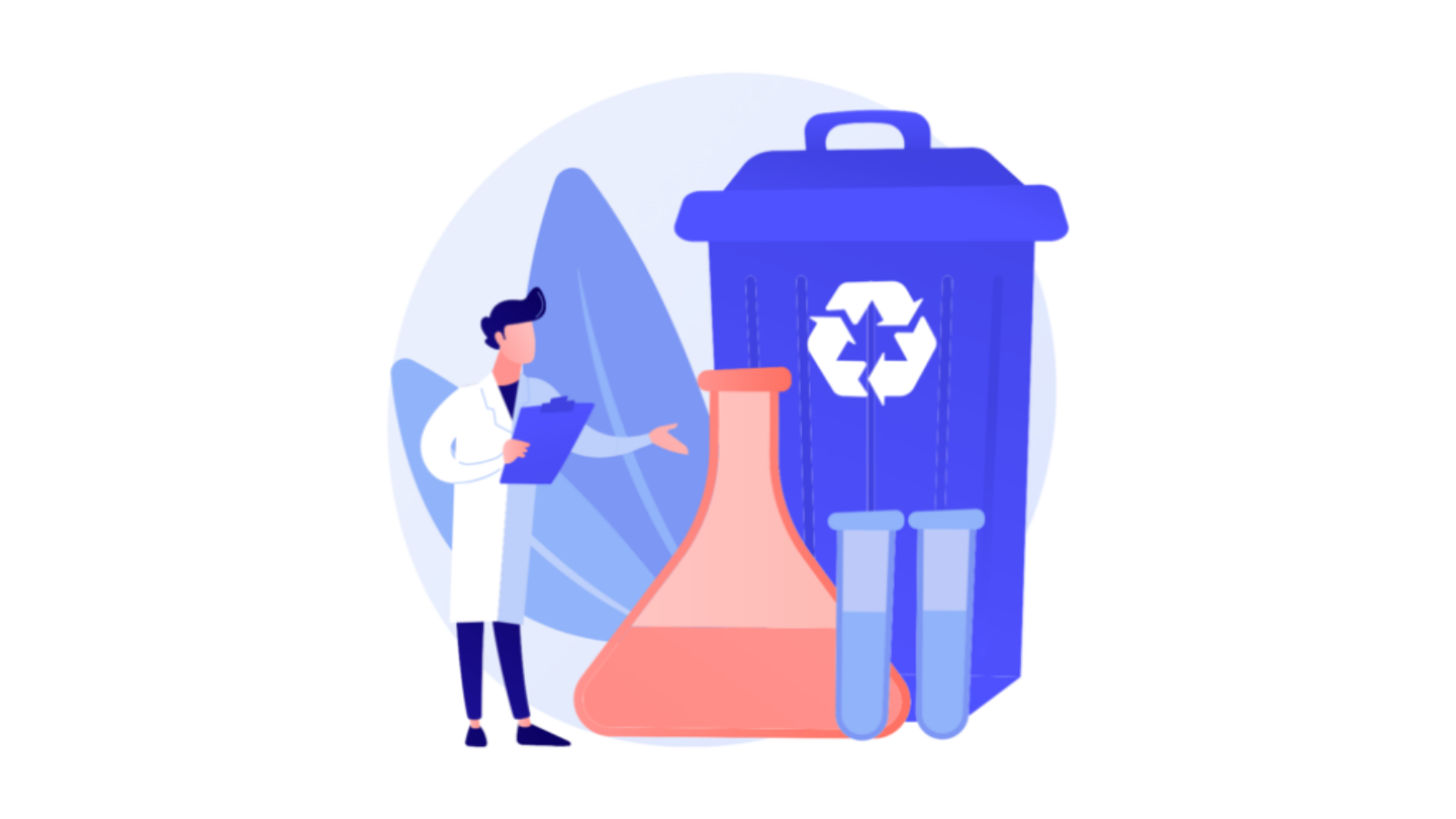Plastics are incredibly convenient materials. Glass is transparent and aesthetically pleasing, metals are sturdy and easily shaped, paper is lightweight and cheaply produced. But plastic can be any or all of these at once. Plastics are extremely versatile and can be tailored to nearly any need, which has led to the rapid rise of plastic use, particularly in packaging applications. However, of the nearly 36 million tons of plastic produced in the United States in 2018, less than 9 percent was recycled with the majority ending up in a landfill. This leads to a question, or perhaps a crisis: if we want to continue using this incredibly convenient material, how can we reduce the massive amounts of waste that we generate today?


Add a Comment
You must be logged in to post a comment